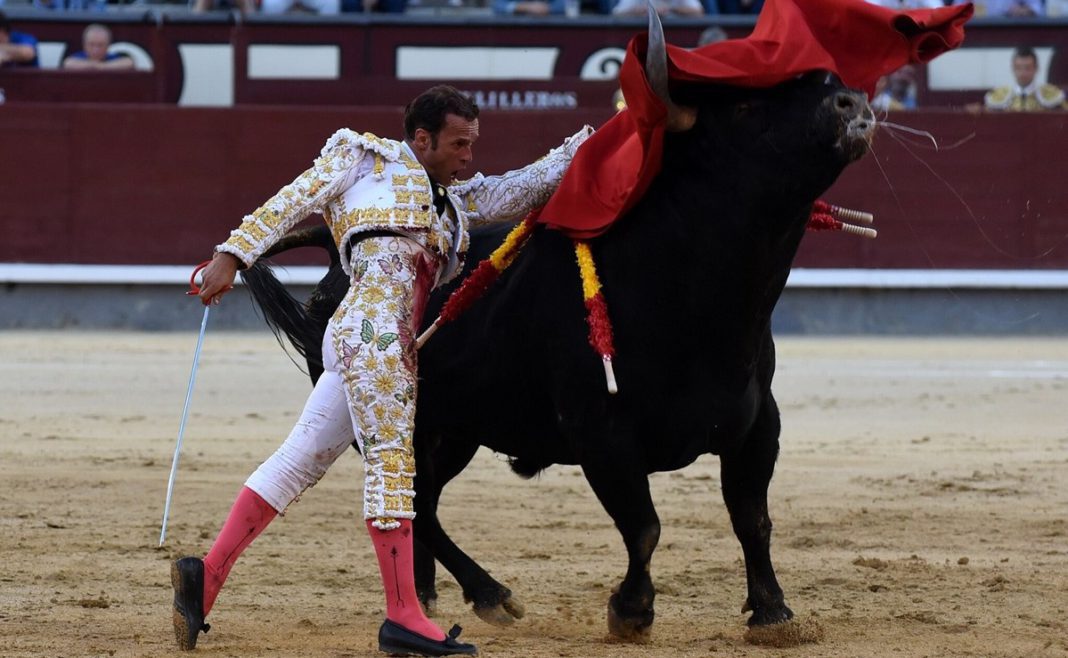SPAIN: The bull season begins in Madrid, marking the commencement of a spectacle deeply embedded in the city’s cultural heritage. Nestled in the heart of Spain, Madrid has, for centuries, celebrated the tradition of bullfighting, a practice that transcends the arena and weaves its influence through various art forms, from captivating paintings and sculptures to timeless works of literature.
Art & Sculpture
Madrid’s longstanding association with bullfighting dates back to the late 16th century when the city became the capital of Spain. This tradition has become an integral part of the city’s identity, permeating its landscape through art and sculpture. El Museo Taurino, the National Museum of the Bullfight, stands as a testament to the historical and cultural significance of bullfighting in Spain. Meanwhile, El Prado, a world-class art repository, showcases an extensive collection that includes depictions of bullfighting, providing a visual journey into the region’s rich cultural tapestry.
Pablo Picasso, an iconic Spanish artist, found inspiration in bullfighting throughout his career. “Guernica,” one of his most famous works, poignantly captures the anguish of civilians during the Spanish Civil War, with the bull serving as a powerful symbol. Picasso’s exploration of the bullfighting theme extended across various mediums, leaving an indelible mark on the art world.
Canvas Narratives
The influence of bullfighting extends beyond the canvas into the realm of literature. Miguel de Cervantes, the revered Spanish author, crafted the timeless masterpiece “Don Quixote,” a work that draws on the themes and drama of bullfighting. Notably, Ernest Hemingway’s “The Sun Also Rises” and Juan Marsé’s “The Kafka of King’s Square” further immortalize the spectacle, capturing its essence in narratives that convey the tension, spectacle, and pride associated with the practice.
The bull’s influence on Madrid’s art and literature is irrefutable, shaping the city’s cultural identity and providing a source of inspiration for generations of artists and writers. From Picasso’s evocative creations to Cervantes’s literary masterpiece, the legacy of bullfighting continues to contribute to the dynamic and enchanting allure of Madrid.
In the heart of Spain, where tradition and creativity intertwine, the bull takes its place not only as a spectacle in the arena but as an enduring muse for artists who continue to shape Madrid’s artistic landscape with every stroke of the brush.
Also Read: Top Summer Events and Festivals Around the World: A Global Celebration of Fun and Culture



